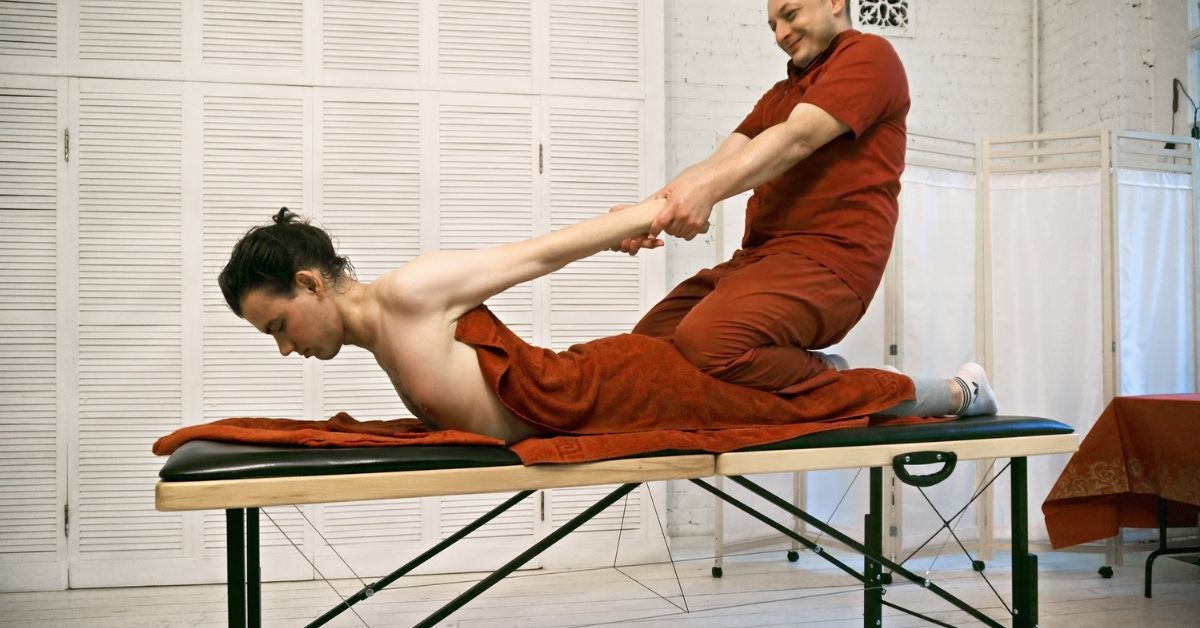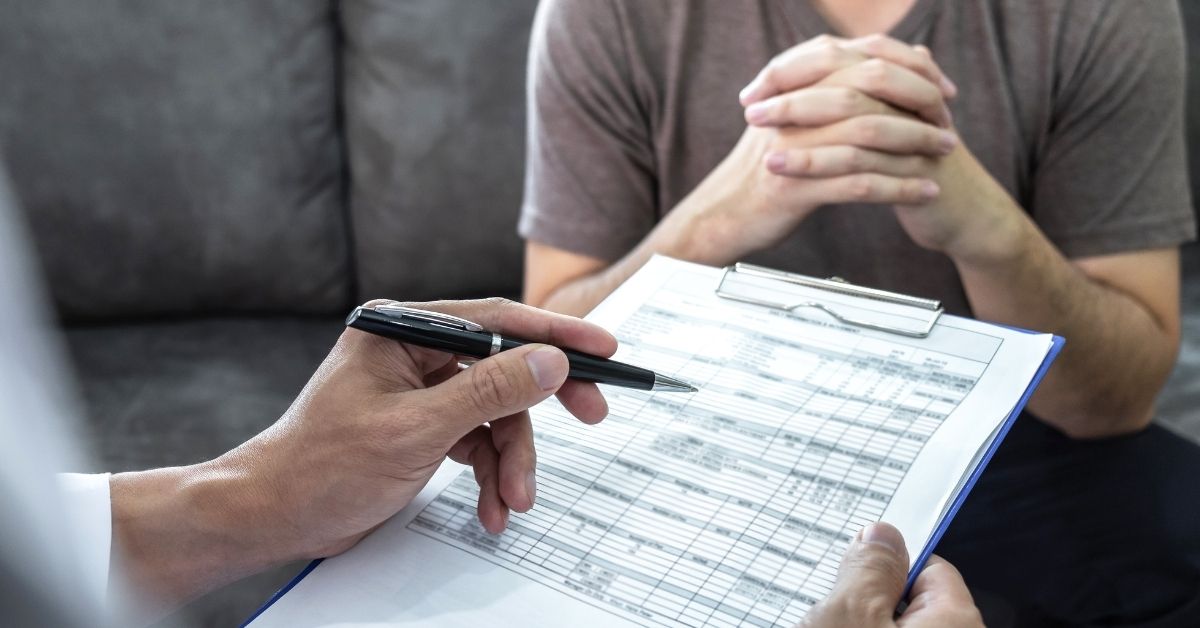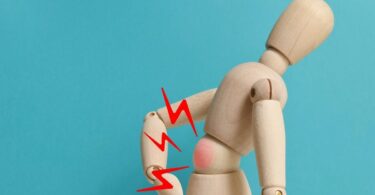How to treat a pulled back muscle lower?

A pulled back muscle can be extremely painful and it is one of the most common causes for back pain in the United States. If you are suffering from back pain, it is highly likely that you are also wondering how to treat a pulled back muscle.
Fortunately, the answer is simple. This article will work for you as a guide to you to know what are the bodily parts concerned with this condition as well as the most common and effective treatments for this conditons.
1) First, what is a pulled back?

A pulled back muscle is caused by too much strain placed on a muscle, ligament, or tendon. This overstretch can occur while performing a number of everyday tasks, including lifting heavy objects, playing sports, or just sitting down for prolonged periods of time.
Although some pulled muscles are more serious than others, the damage can be limited to only the area of the injury. Even worse, the injured muscle may never fully heal because it has been damaged beyond repair. In order to prevent further damage and pain, one must learn how to properly treat and manage their condition.
A pulled muscle in any part of your back can be extremely painful, but treating it quickly and effectively is crucial to getting the best results.
The good news is that if you know how to treat a pulled muscle, the odds of a full recovery are much higher. If you are unsure about how to handle a pulled muscle, consult your doctor. He or she will be able to give you guidance on which treatment is best for your situation.
They may recommend physical therapy, prescribe medication, or refer you to an acupuncturist. With the right treatment, you can get back to being the strong independent person you once were!
2) Symptoms

The muscle pull can be acute or chronic; the former being the shorter term type of injury and the latter being the more chronic kind. A pulled muscle that is a short term strain (a sprained muscle) will usually heal itself in a few days to a few weeks, though some strains can take months to heal.
However, in a chronic strain, such as a pulled muscle tendonitis, there is a chance that the tendon could rupture or the muscle could become scarred for life. Symptoms of a strained muscle tendon or tendonitis include: dull or aching pain in the lower back, buttocks, upper thighs, hamstrings, or hips. Also, swelling, redness, and warmth around the injured area.
If you experience any of these symptoms, you should seek treatment as soon as possible, because if left untreated, it can worsen your condition and cause further damage.
A pulled muscle strain typically requires treatment from a physician, and the rest is generally required. A strain from a ligament, tendons, or muscles themselves, should heal within a couple weeks’ time. Sprains, strains, and inflammation of the spine should be treated by a physician to ensure that they do no longer have the chance to cause you further pain or injury
3) Cold compressors

The first step is to rest the muscle. While it is tempting to try and complete daily activities while your body is sore and inflamed, this will actually worsen the situation. Instead, it is best to apply a cold compress to the affected area for several minutes every few hours. This will help provide a much-needed temporary relief and allow your muscles to recover from the stress placed upon them.
4) Exercise

Another step in the process of learning how to treat a pulled muscle is to make sure you are doing some form of strengthening exercises for your lower back. These can include pushups and abdominal crunches.
While these exercises will provide short-term relief at the site of the injury, they will not help you overcome the problem long-term. Therefore, these exercises should be only done on days when you do not plan on going anywhere. If you do perform these exercises and stretch properly, however, you will find that over time they will give your muscles the opportunity to heal naturally.
5) Combined solutions

pulled back muscle lower
Of course, another common method to treat a pulled back muscle is how to get rid of the source of the pain. Although it may seem as a good solution to go to the local drug store and pick up an anti-inflammatory medication, chances are you will only end up getting a temporary fix.
In order to fully treat a muscle injury, you will need to take a comprehensive approach that takes into consideration not just the source but also the actual injury itself. This may mean using a combination of stretches, massage therapy, and supplements to build your back up stronger and more resilient.
6) Stretch the back

pulled back muscle lower
Stretching your lower back muscles regularly will also help strengthen them overall. This will improve flexibility, balance, and overall comfort throughout your day. It can be difficult to focus on work or household chores when you are in pain, but if you can manage to put aside some time for stretches to keep your back muscles healthy, you will notice a marked improvement over time.
7) Massage therapy

pulled back muscle lower
Massage therapy is one of the most popular methods for how to treat a pulled back muscle. It is a great way to alleviate the discomfort, as well as encourage healing. You can choose from a variety of different types of massages, ranging from traditional chair massage to Swedish massage and others. Just make sure to check with your therapist to ensure you are getting the best treatment for your particular injury.
Massage can be also very helpful in providing relaxation and allow the blood to circulate freely and well in the lower area of your back. You can ask for a friend or a member of family to do the massage for you, but if you were aiming at better results, consulting a therapist is your best option since they are professionals and know are equipped with the best techniques.








Leave a Comment